Home>Home Maintenance>What Do They Look For In An FHA Home Inspection
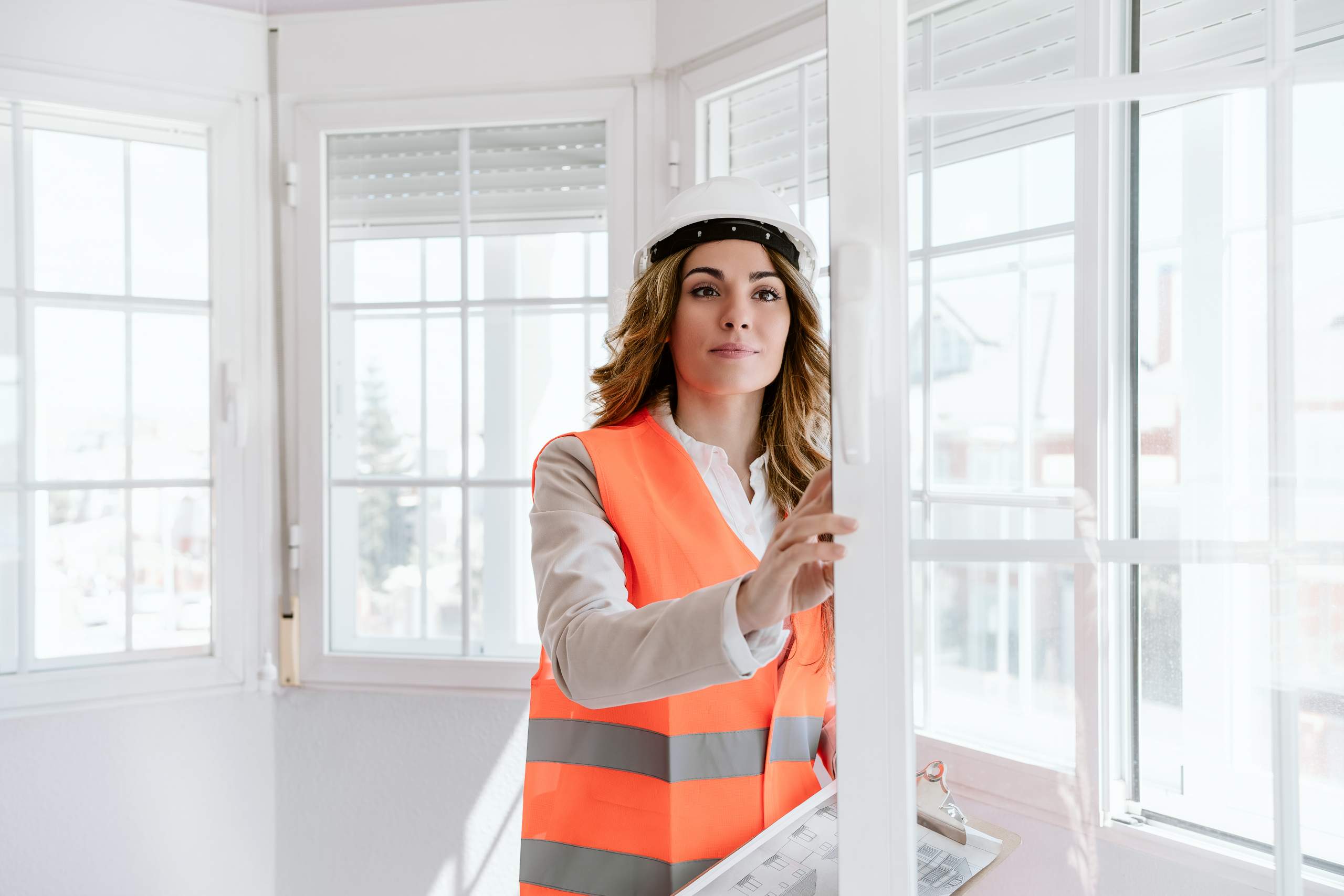

Home Maintenance
What Do They Look For In An FHA Home Inspection
Modified: October 20, 2024
Learn about the key factors inspected during an FHA home inspection to ensure your property meets the necessary criteria. Stay proactive in your home maintenance.
(Many of the links in this article redirect to a specific reviewed product. Your purchase of these products through affiliate links helps to generate commission for Storables.com, at no extra cost. Learn more)
Introduction
Welcome to the world of home inspections! Whether you’re a first-time homebuyer or a seasoned homeowner, understanding the ins and outs of a home inspection is crucial. One particular type of inspection that plays a significant role in the home buying process is the FHA home inspection.
The Federal Housing Administration (FHA) requires a thorough home inspection to ensure that the property meets specific safety and structural standards. This inspection is designed to protect both the buyer and the lender by identifying any potential issues that could affect the safety and livability of the home.
In this article, we will delve into the details of an FHA home inspection, exploring its key requirements and the various areas that are inspected. So, let’s get started and discover what the FHA looks for in a home inspection!
Key Takeaways:
- FHA home inspections ensure homes meet safety standards for buyers and lenders. They cover structural, exterior, roofing, plumbing, electrical, HVAC, interior, safety, and health concerns.
- Identifying and addressing potential hazards and health concerns during an FHA home inspection is crucial for the well-being of occupants and the long-term maintenance of the property.
Read more: How To Make Home Repairs With FHA 302K
Purpose of an FHA Home Inspection
The primary purpose of an FHA home inspection is to assess the condition of the property and identify any deficiencies or potential hazards. The inspection aims to ensure that the home meets certain safety, structural, and functional requirements set by the FHA.
One of the main goals of an FHA home inspection is to protect the interests of the homebuyer. By conducting a thorough examination of the property, the FHA inspection provides valuable information about the overall condition of the home. This empowers the buyer to make an informed decision regarding the purchase.
Furthermore, the FHA inspection also serves as a risk assessment for the lender. Lenders want to be confident that the property being financed meets certain standards and is a safe investment. The inspection report helps the lender understand any potential risks associated with the property, ultimately minimizing the chances of loan defaults.
It’s important to note that an FHA home inspection is not a guarantee of perfection or a guarantee of future performance of the property. Rather, it is an evaluation of the current condition of the home at the time of inspection.
By conducting a comprehensive inspection, the FHA aims to ensure that the home meets certain health, safety, and habitability standards. This includes assessing the structural integrity, electrical and plumbing systems, heating and cooling systems, and other key components of the home.
In the next section, we will explore the specific requirements that the FHA expects during a home inspection.
FHA Home Inspection Requirements
The FHA has a set of guidelines and requirements that must be met during a home inspection. These requirements ensure that the property meets certain standards for safety, functionality, and livability.
First and foremost, the property must meet the minimum property standards (MPS) as outlined by the FHA. The MPS cover various aspects of the home, including its foundation, structure, roof, electrical systems, plumbing, heating and cooling systems, and more.
Some of the specific requirements include:
- The property must have adequate drainage to prevent water accumulation and damage.
- The roof must be in good condition and have a remaining useful life of at least two years.
- The electrical systems must be up to code and have no unsafe or faulty wiring.
- The plumbing systems must be functional and free from leaks or other issues.
- The heating and cooling systems must be in proper working condition.
- The property must have safe and functional windows, doors, and stairways.
- There should be no signs of structural damage, such as cracks in the foundation or significant settlement.
It’s important to note that while the FHA has specific requirements, the extent of the inspection may vary depending on the appraiser’s judgment. The appraiser will assess the overall condition of the property and identify any additional areas that could impact the safety or habitability of the home.
In addition to the mandatory requirements, the FHA also encourages homebuyers to obtain additional inspections for specific concerns. For example, if there are concerns about the presence of lead-based paint, asbestos, or other environmental hazards, the FHA recommends obtaining specialized inspections for these issues.
By adhering to these requirements, the FHA ensures that the property meets certain standards for safety and livability. This provides both the homebuyer and the lender with confidence in the condition of the property.
Now that we’ve covered the requirements, let’s dive into the specific areas that are inspected during an FHA home inspection.
Structural Inspection
During an FHA home inspection, the structural integrity of the property is carefully evaluated. This includes examining the foundation, walls, floors, and overall structural stability of the home.
The inspector will look for any visible signs of structural damage, such as cracks in the foundation, sagging or uneven floors, or bowing walls. These issues can indicate potential structural problems that may require further evaluation or repairs.
In addition to visible signs, the inspector may utilize various tools and techniques to assess the structural condition. This can include measuring the levelness of the floors, checking for proper framing and support systems, and inspecting load-bearing walls.
It’s important to ensure that the structure of the home is in good condition to provide a safe and stable living environment. Structural deficiencies can compromise the safety and overall functionality of the property, making it crucial to address any issues identified during the inspection.
If significant structural problems are discovered, it may be necessary to consult a professional structural engineer for a more in-depth evaluation and guidance on the necessary repairs or reinforcements.
Now that we’ve covered the structural inspection, let’s move on to the examination of the property’s exterior.
Exterior Inspection
As part of an FHA home inspection, the exterior of the property is thoroughly examined to assess its condition and identify any potential issues.
The inspector will inspect the exterior walls, siding, and trim for any signs of damage, decay, or wear and tear. They will also check for proper weather sealing to ensure that the home is protected from moisture intrusion and potential water damage.
The condition of the windows and doors will also be evaluated, looking for any cracks, broken glass, or signs of improper installation. Properly functioning windows and doors are essential for energy efficiency and security.
The inspector will assess the condition of the property’s foundation, looking for any cracks or signs of shifting. A solid and secure foundation is crucial for the structural integrity of the home.
The exterior inspection also includes an evaluation of the property’s grading and drainage. Proper grading ensures that water flows away from the home, preventing water accumulation around the foundation. The inspector will look for issues such as improper sloping, pooling water, or inadequate drainage systems.
Additionally, the inspector will check the condition of the property’s exterior features, such as decks, porches, stairs, and railings. These areas must be safe and free from any structural damage or hazards.
Overall, the purpose of the exterior inspection is to ensure that the property’s exterior is in good condition, properly maintained, and free from any potential issues that could compromise its safety or longevity.
Next, we’ll move on to the inspection of the roofing system.
Read more: What To Look For In A Home Inspection
Roofing Inspection
During an FHA home inspection, the condition of the roofing system is thoroughly evaluated to ensure that it is in good shape and free from any significant issues.
The inspector will examine the roof’s exterior for signs of damage, such as missing or broken shingles, cracked tiles, or deteriorating roofing materials. They will also check for any visible signs of leaks, such as water stains on the interior ceilings or walls.
In addition to the visual inspection, the inspector may also assess the overall condition of the roof by looking for signs of sagging, improper installation, or inadequate ventilation. The presence of mold or excessive wear and tear can indicate potential roofing problems that need to be addressed.
It’s essential to ensure that the roofing system is in good condition to protect the home from water damage and maintain its structural integrity. A faulty or deteriorating roof can lead to leaks, moisture intrusion, and other issues that can compromise the safety and livability of the property.
If the inspection reveals any significant roofing problems, repairs or replacement may be necessary to ensure the roof’s functionality and longevity. It’s important to address these issues promptly to minimize any potential damage or costly repairs in the future.
Now that we’ve covered the roofing inspection, let’s move on to examining the plumbing system of the property.
Plumbing Inspection
During an FHA home inspection, the plumbing system is examined to ensure its functionality, efficiency, and safety.
The inspector will thoroughly inspect the plumbing fixtures, such as sinks, toilets, showers, and bathtubs, to check for any leaks, proper drainage, and water flow. They will also assess the water pressure to ensure it meets the standard requirements.
In addition to the fixtures, the inspector will inspect the visible plumbing pipes for signs of leaks, corrosion, or damage. This includes checking the supply lines, drain lines, and vent pipes. Issues such as rusty pipes or evidence of water damage can indicate potential plumbing problems.
The inspector will evaluate the hot water system, including the water heater, to ensure it is in good working condition. They will check for proper installation, adequate insulation, and any signs of leaks or malfunctioning components.
Another essential aspect of the plumbing inspection is assessing the sewage and drainage system. The inspector will check the proper functioning of the main sewer line, including looking for any blockages or backups that may pose a hazard to the home.
Overall, the plumbing inspection aims to identify any plumbing issues that may affect the functionality, safety, and livability of the property. Any plumbing deficiencies found during the inspection should be addressed promptly to prevent potential water damage or other costly problems in the future.
Next, let’s move on to the inspection of the electrical system.
When preparing for an FHA home inspection, make sure to address any safety hazards, such as peeling paint, faulty electrical systems, or structural issues. These are key areas the inspector will be looking at.
Electrical Inspection
During an FHA home inspection, the electrical system of the property is thoroughly assessed to ensure its safety and compliance with electrical codes and standards.
The inspector will examine the electrical panel and its components, such as circuit breakers, fuses, and wiring connections. They will check for any signs of faulty or outdated wiring, overloaded circuits, or inadequate electrical capacity for the home’s needs.
Throughout the inspection, the inspector will test various electrical outlets, switches, and fixtures to ensure they are functioning correctly and properly grounded. They will also check for any visible signs of electrical hazards, such as exposed wiring or improperly installed electrical components.
The inspector will verify the installation of Ground Fault Circuit Interrupters (GFCIs) in appropriate areas, such as bathrooms, kitchens, and outdoor outlets. GFCIs are crucial for safety as they protect against electrical shock in wet environments.
In addition, the electrical inspection may involve assessing the condition and functionality of smoke detectors and carbon monoxide detectors. These devices play a vital role in alerting occupants to potential fire or carbon monoxide hazards and must be in proper working order.
It’s important to ensure that the electrical system of the property is safe and up to code. Faulty or outdated electrical wiring can pose a significant fire hazard and jeopardize the safety of the home’s occupants.
If any electrical issues are detected during the inspection, it’s essential to address them promptly by consulting a licensed electrician. Proper repairs or upgrades may be required to ensure the safety and functionality of the electrical system.
Now that we’ve covered the electrical inspection, let’s move on to examining the HVAC system of the property.
HVAC Inspection
During an FHA home inspection, the heating, ventilation, and air conditioning (HVAC) system of the property is thoroughly examined to ensure its proper functioning and efficiency.
The inspector will inspect the HVAC system to assess its age, condition, and overall performance. They will check for any visible signs of damage, leaks, or improper installation.
The inspection will include evaluating the heating system, such as the furnace or boiler, to ensure it is in good working order and capable of adequately heating the home. The inspector will check for proper ventilation, clean air filters, and the absence of any safety hazards.
The cooling system, such as the air conditioner or heat pump, will also be assessed for its condition and performance. The inspector will check for proper cooling capacity, clean air filters, and evidence of any leaks or malfunctions.
In addition to the main HVAC components, the inspector will evaluate the ductwork for any leaks, inadequate insulation, or obstructions that could affect the efficiency of the system.
Proper functioning HVAC systems are crucial for maintaining comfortable indoor temperatures, good air quality, and energy efficiency. If any issues are identified during the inspection, it’s important to address them promptly to ensure optimal performance and avoid potential breakdowns or costly repairs in the future.
Now that we’ve covered the HVAC inspection, let’s move on to examining the interior of the property.
Interior Inspection
During an FHA home inspection, the interior of the property is thoroughly inspected to assess its overall condition, functionality, and safety.
The inspector will examine the walls, ceilings, and floors for any signs of damage, such as cracks, water stains, or uneven surfaces. They will also look for evidence of mold or mildew, which can indicate potential moisture issues.
The condition of the interior paint, wallpaper, and finishes will be assessed to ensure they are in good shape. Any peeling, chipping, or outdated finishes may need to be addressed to maintain the overall aesthetic appeal of the home.
The inspector will also check the functionality of doors, windows, and locks. They will ensure that doors and windows open and close properly, locks are functional, and there are no safety concerns related to the interior access points.
The inspection will cover the condition of the flooring, including carpets, hardwood, or tiles. The inspector will check for any signs of damage, wear, or hazards that could pose a tripping or safety risk.
In addition, the interior inspection may involve assessing the condition of the stairs, handrails, and banisters. Any loose or damaged components may need to be repaired to ensure the safety of occupants.
The inspector will also evaluate the overall functionality of the interior systems, such as the ventilation, insulation, and fire safety features. Proper ventilation and insulation help maintain a comfortable living environment and energy efficiency, while functional fire safety features play a crucial role in protecting the home’s occupants.
It’s important to ensure that the interior of the property is in good condition and free from any safety hazards or significant issues. Addressing any identified problems promptly will help maintain the functionality, aesthetics, and safety of the home.
Now that we’ve covered the interior inspection, let’s move on to discussing the safety inspection.
Safety Inspection
During an FHA home inspection, a thorough safety inspection is conducted to ensure the property meets various safety standards and regulations.
The inspector will assess the property for any potential safety hazards that could pose a risk to the occupants. This includes checking for proper functioning of smoke detectors and carbon monoxide detectors in appropriate locations throughout the home.
They will also inspect the property for any potential fire hazards, such as faulty wiring, overloaded electrical circuits, or improper storage of flammable materials. Adequate fire safety measures, such as accessible fire exits or fire suppression systems, will be evaluated as well.
The inspector will evaluate the property for the presence of potential health hazards, such as lead-based paint or asbestos. If there is a concern, specialized inspections may be recommended to assess and mitigate these hazards.
The safety inspection will also consider the presence of adequate lighting in necessary areas, sufficient handrails or guardrails on staircases and balconies, and proper functioning of door locks to ensure the security of the property.
During the inspection, the overall accessibility of the property for individuals with disabilities will be taken into account. This includes evaluating the presence of ramps, handrails, and accessible pathways.
By conducting a comprehensive safety inspection, the FHA aims to ensure that the property provides a safe environment for its occupants. Identifying and addressing any safety concerns promptly will help protect the health and well-being of those who reside in the home.
Now that we’ve covered the safety inspection, let’s explore any potential hazards and health concerns that may be identified during the inspection.
Hazards and Health Concerns
During an FHA home inspection, potential hazards and health concerns are carefully assessed to ensure the safety and well-being of the occupants.
One of the primary hazards that may be identified is the presence of lead-based paint, especially in homes built prior to 1978. The inspector will evaluate the paint condition and recommend proper remediation measures if lead-based paint is found, as exposure to lead can be harmful, particularly to young children.
Another potential concern is the presence of asbestos-containing materials, commonly found in older homes. The inspector will look for signs of asbestos-containing materials, such as insulation, piping, or vinyl floor tiles. If suspected, specialized inspections and proper abatement procedures may be necessary to ensure the safety of the occupants.
In some cases, the inspector may identify the presence of mold or mildew. Mold growth can occur due to water intrusion or excessive moisture, and prolonged exposure to certain molds can lead to respiratory issues and allergies. The inspector will recommend remediation measures if significant mold growth is found.
Radon gas is another potential health concern that may be evaluated during the inspection. Radon is a naturally occurring radioactive gas that can seep into homes from the ground. The inspector may recommend specialized radon testing to assess the levels and suggest mitigation techniques, if necessary.
The inspection might also consider the presence of pests, such as termites or rodents, which can cause damage to the structure and pose health risks. If an infestation is identified, appropriate pest control measures will be recommended.
Additionally, the inspector will evaluate the overall indoor air quality and ventilation of the property. Proper ventilation is essential to prevent moisture buildup, reduce the risk of mold growth, and maintain a healthy living environment.
Identifying and addressing these hazards and health concerns during the inspection is crucial for the well-being of the occupants and the long-term maintenance of the property.
Now that we’ve covered the hazards and health concerns, let’s move on to some additional considerations that may be relevant during an FHA home inspection.
Additional Considerations
During an FHA home inspection, there are several additional considerations that may come into play, depending on the specific property and its unique characteristics.
One important consideration is the presence of any environmental hazards or contamination, such as underground storage tanks or hazardous waste materials. These can pose risks to both the environment and the health of the occupants, necessitating specialized inspections and remediation measures if needed.
The inspector may also evaluate the overall energy efficiency of the property. This can include assessing the insulation levels, checking for air leaks, and examining the efficiency of appliances and systems. Recommendations for energy-saving improvements may be provided to enhance the property’s energy performance.
If the property includes a swimming pool, spa, or any other aquatic feature, the inspector will examine the condition and safety of these elements. This can include checking the proper functioning of pool equipment, ensuring the presence of safety barriers, and examining the water quality.
Additionally, if the property has any outbuildings, such as detached garages or sheds, these structures may be included in the inspection. The inspector will assess their condition, safety, and compliance with applicable building codes.
If the property is located in a flood zone or an area prone to natural disasters, the inspector may recommend additional inspections or precautions to mitigate potential risks and hazards associated with these factors.
Furthermore, any relevant local or state regulations or requirements will be taken into consideration during the inspection. This can include compliance with zoning laws, building codes, or specific regional standards.
It’s important to approach an FHA home inspection with an open mind, as there may be unique considerations specific to the property or the local area. Consulting with a qualified inspector and addressing any identified issues or concerns can help ensure the property meets all the necessary criteria for safety, functionality, and compliance.
Now that we’ve covered the additional considerations, it’s time to wrap up our exploration of an FHA home inspection.
Read more: How Do I Look Up My Property Assessment
Conclusion
An FHA home inspection is a critical step in the home buying process, ensuring that the property meets specific safety, structural, and functional requirements set by the Federal Housing Administration.
Throughout the inspection, various areas of the property are thoroughly evaluated, including the structural integrity, exterior condition, roofing, plumbing, electrical systems, HVAC, interior, safety features, and potential hazards and health concerns.
The purpose of the FHA home inspection is to provide a comprehensive assessment of the property’s condition, allowing both the buyer and the lender to make informed decisions. It safeguards the interests of all parties involved and helps minimize the risk of any potential issues that may compromise the safety, functionality, or livability of the home.
By adhering to the FHA’s requirements and addressing any identified deficiencies or concerns, homebuyers can have confidence in the condition of their prospective property. Lenders can also have assurance that the investment they make is in a safe and sound asset.
If significant issues are discovered during the inspection, it’s crucial to consult with professionals and take appropriate measures to address and rectify the problems. Timely repairs or improvements will help ensure the property remains safe, sound, and enjoyable for its occupants for years to come.
Remember, an FHA home inspection is not only about meeting requirements; it’s about prioritizing safety, assessing the property’s condition, and empowering homebuyers with the information they need to make informed decisions.
So, whether you’re in the process of purchasing an FHA-insured home or considering selling one, understanding the FHA home inspection process is key to ensuring a smooth and successful transaction.
Frequently Asked Questions about What Do They Look For In An FHA Home Inspection
Was this page helpful?
At Storables.com, we guarantee accurate and reliable information. Our content, validated by Expert Board Contributors, is crafted following stringent Editorial Policies. We're committed to providing you with well-researched, expert-backed insights for all your informational needs.
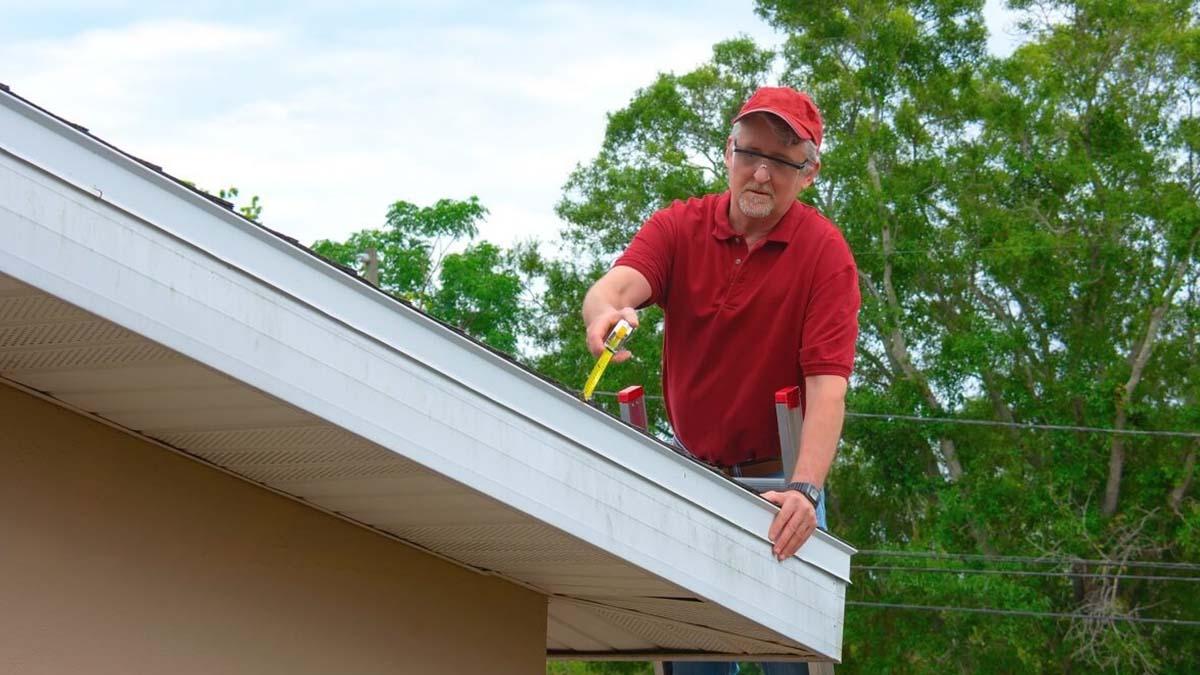

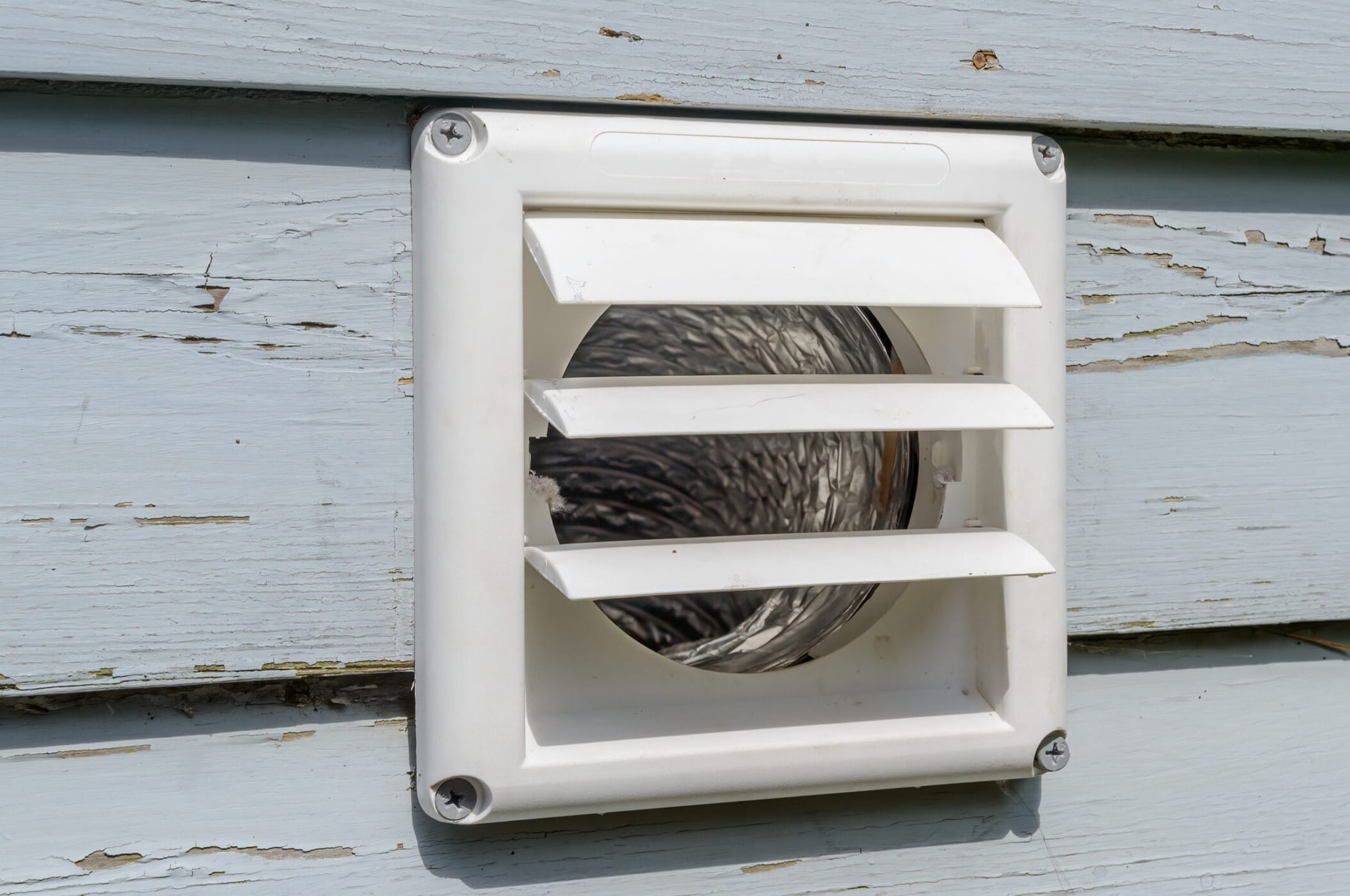
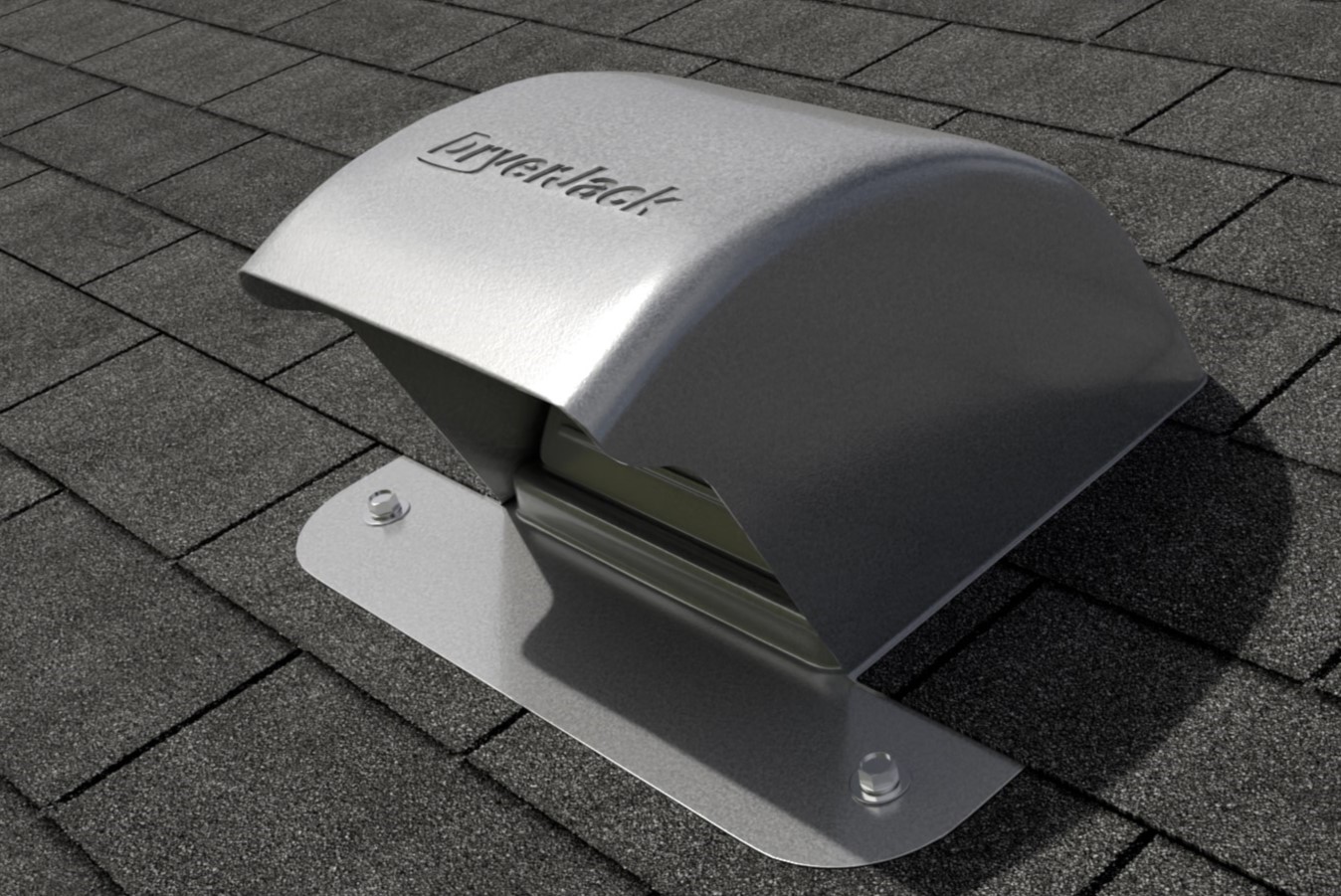
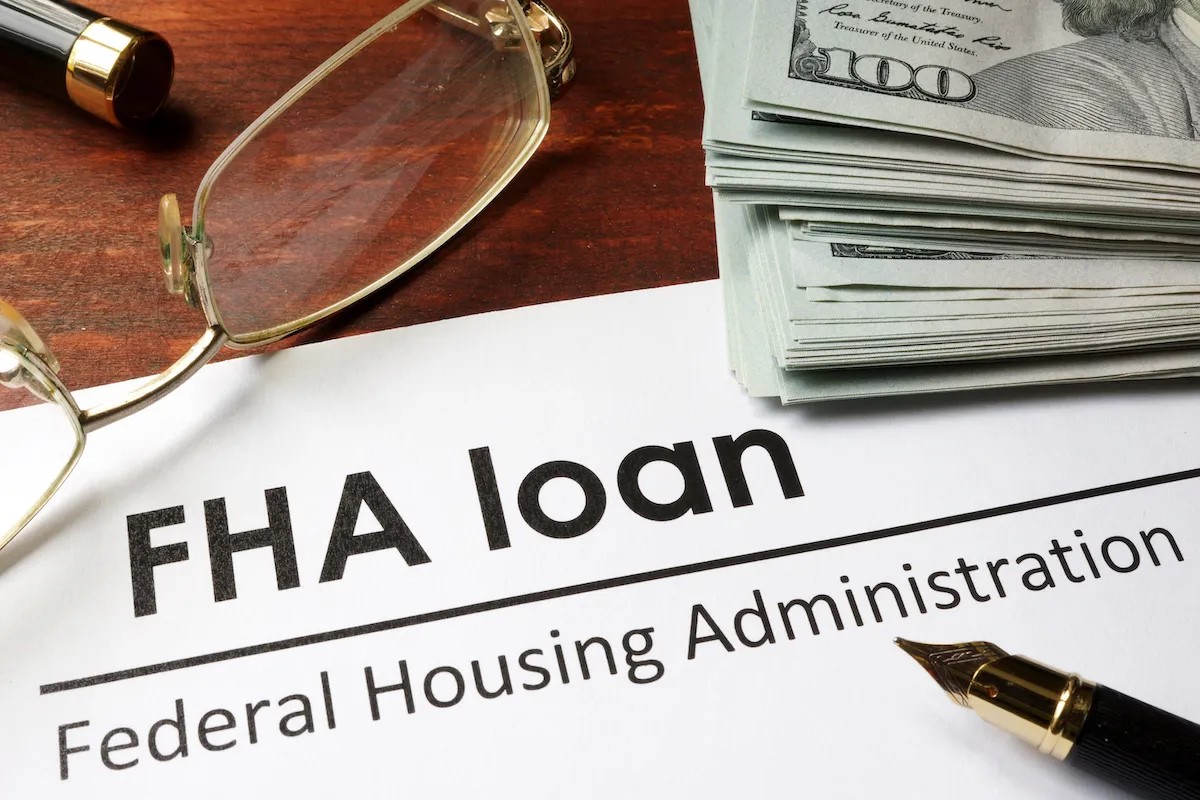
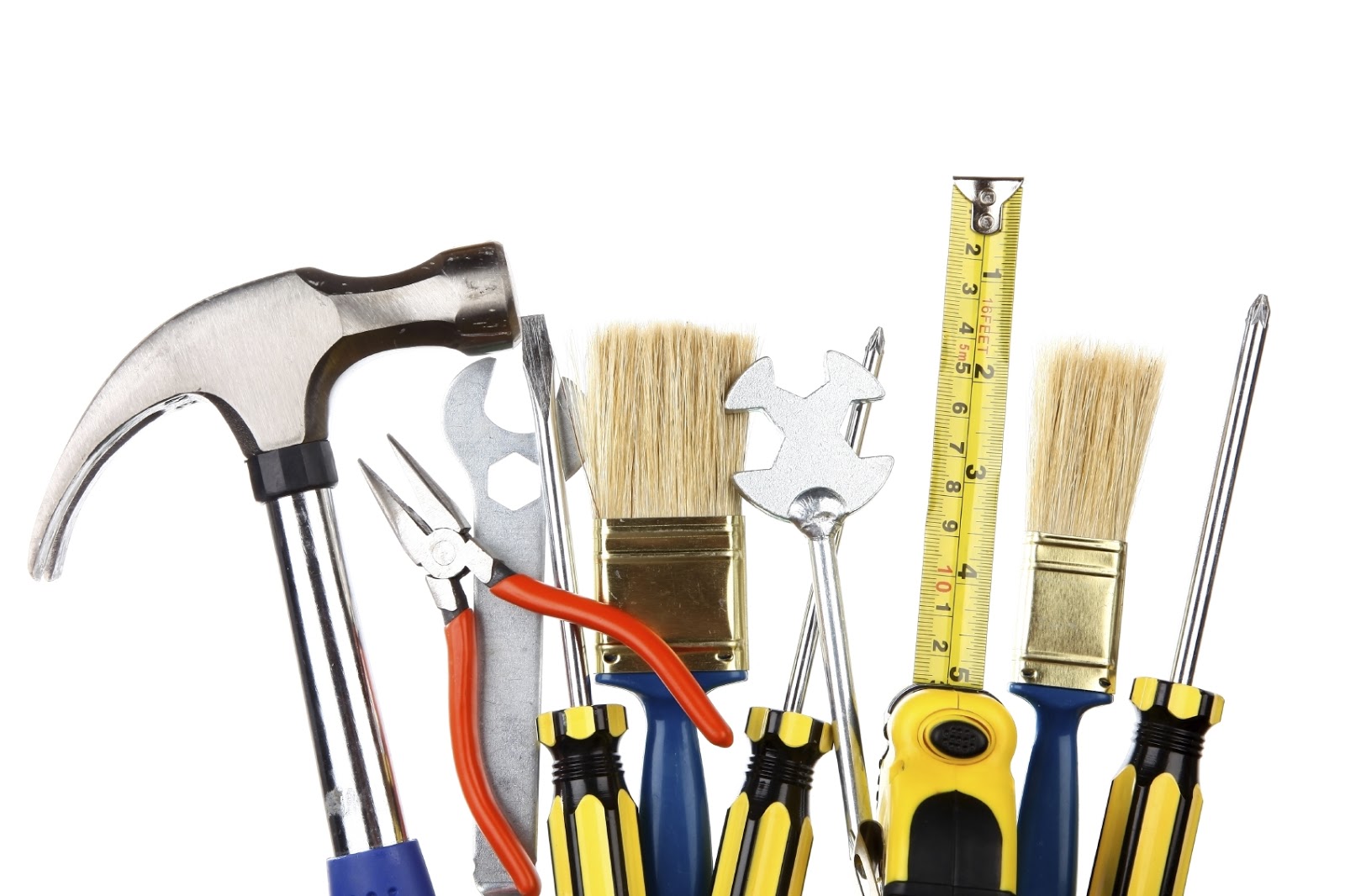
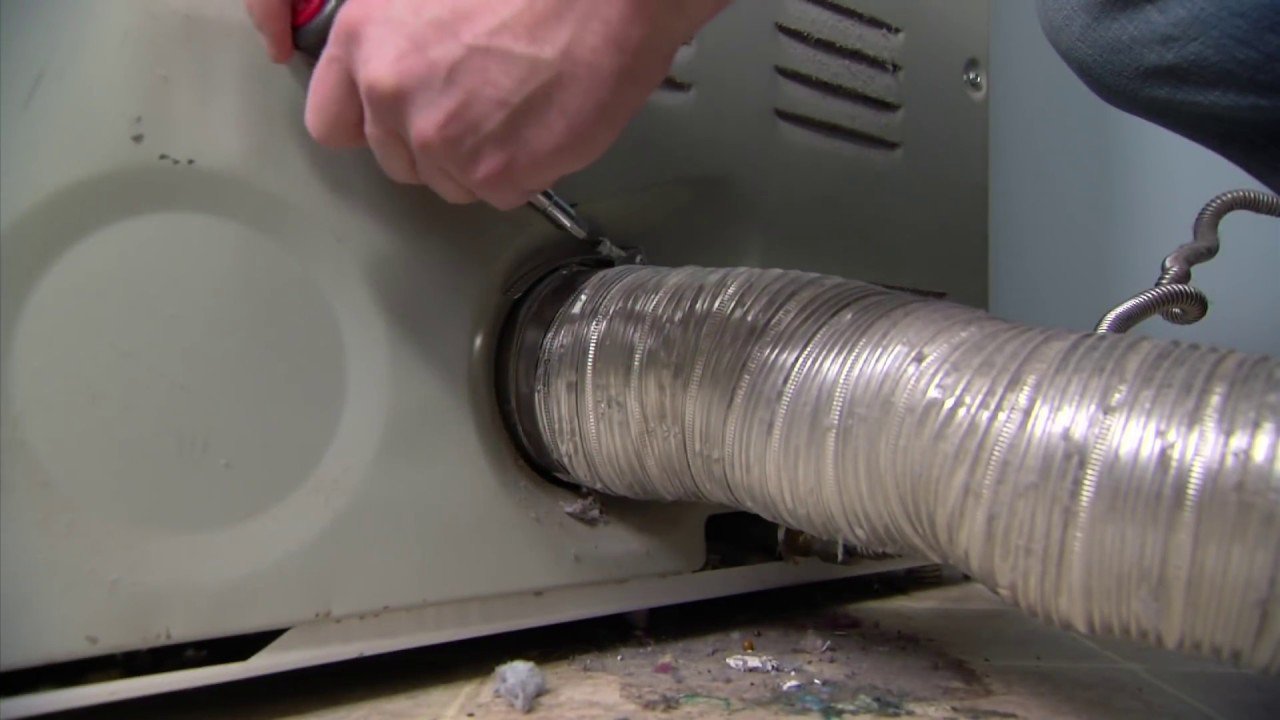
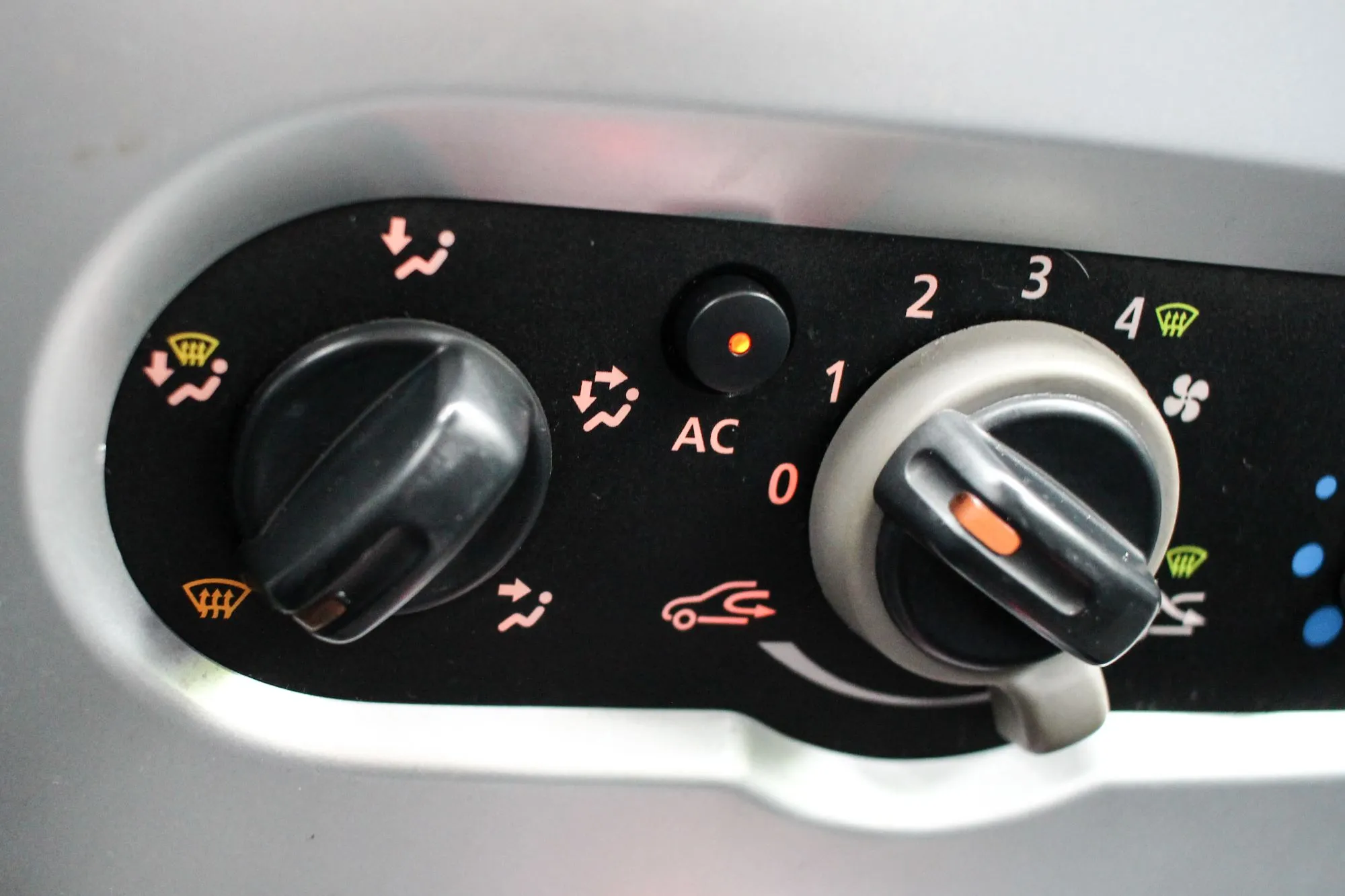
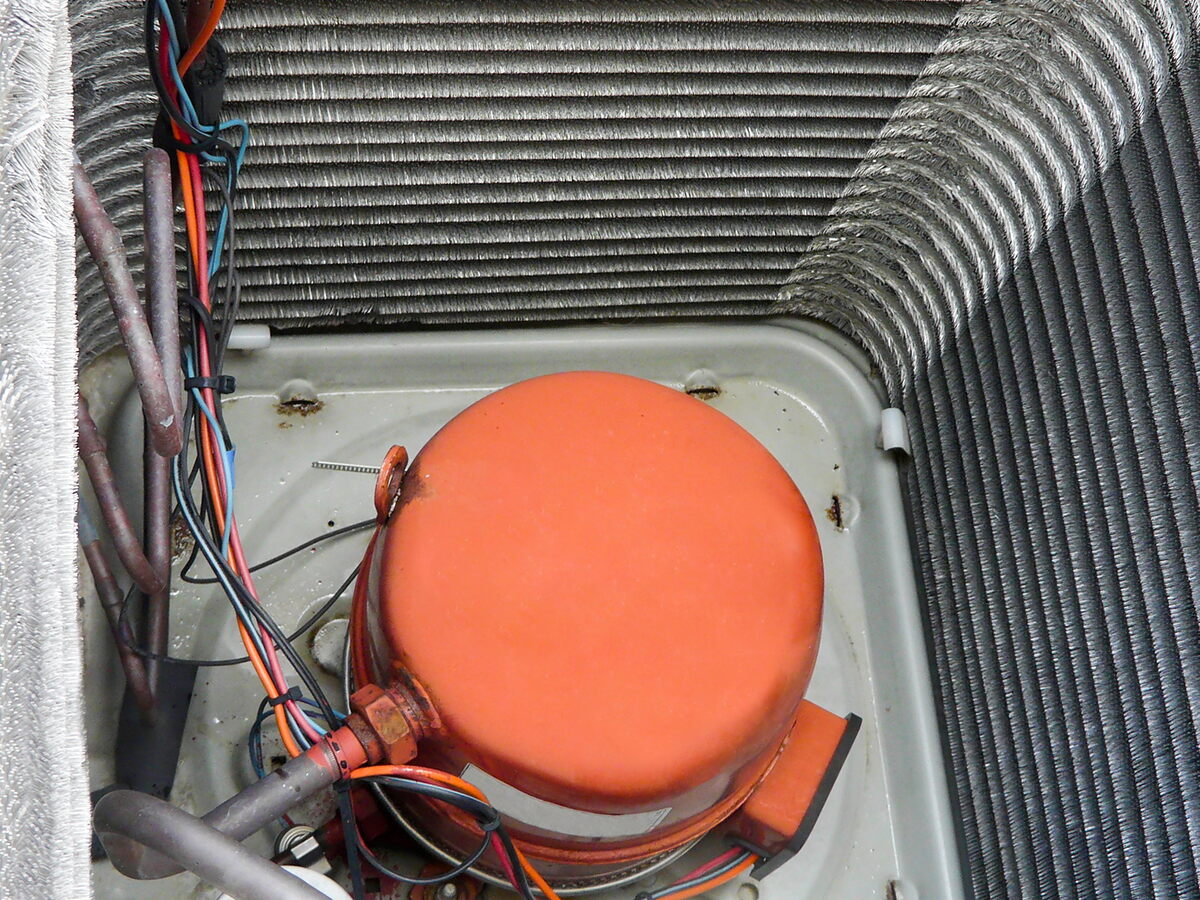

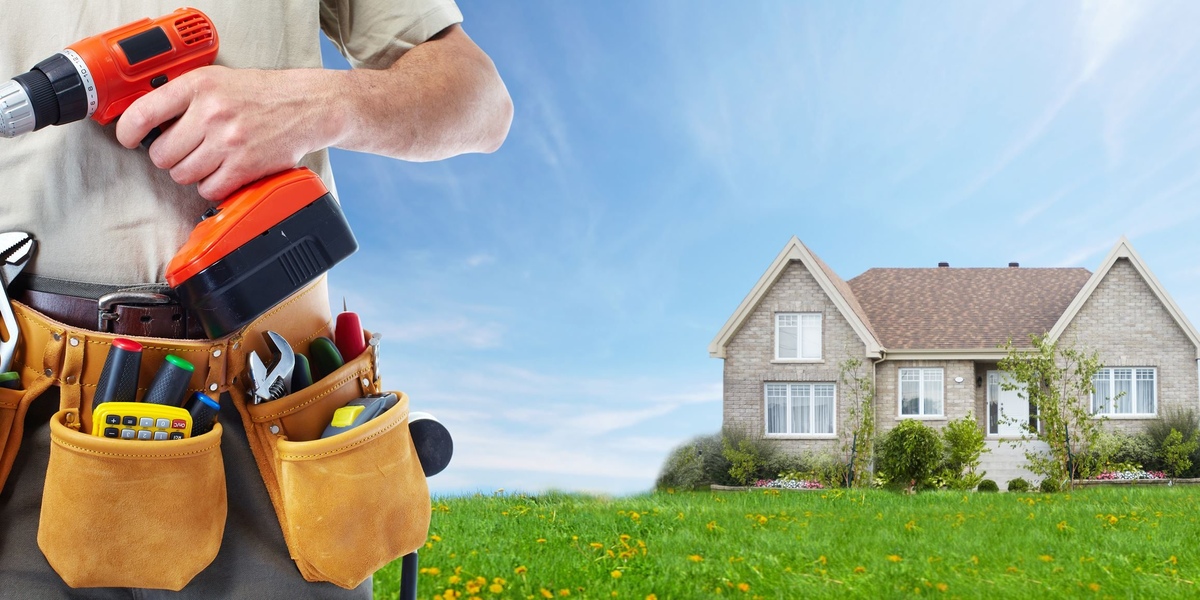
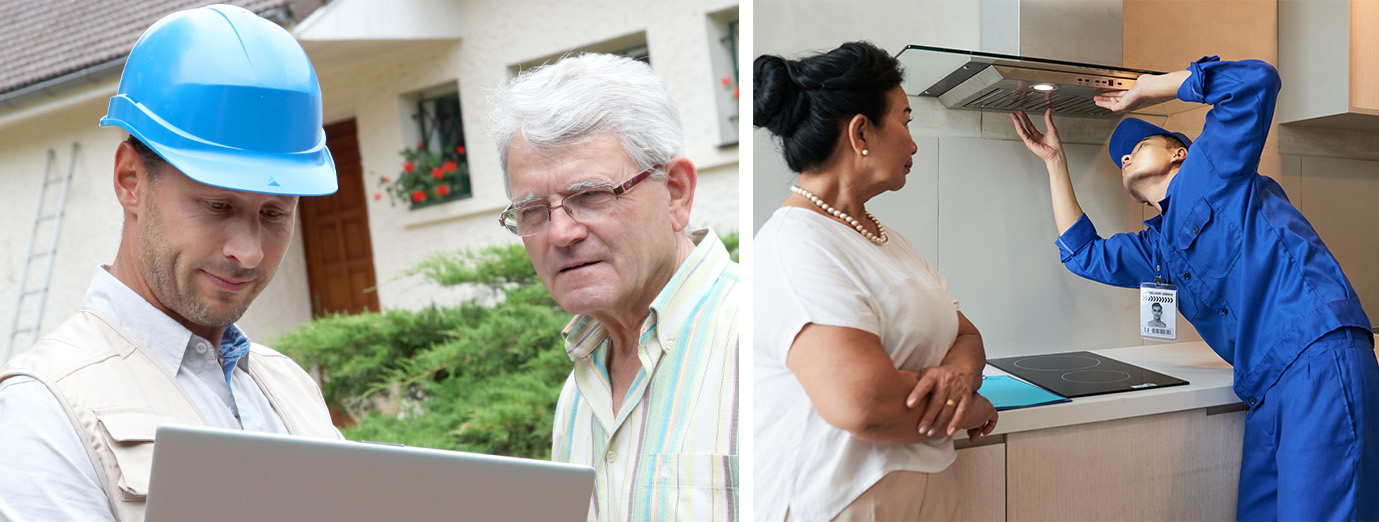

0 thoughts on “What Do They Look For In An FHA Home Inspection”